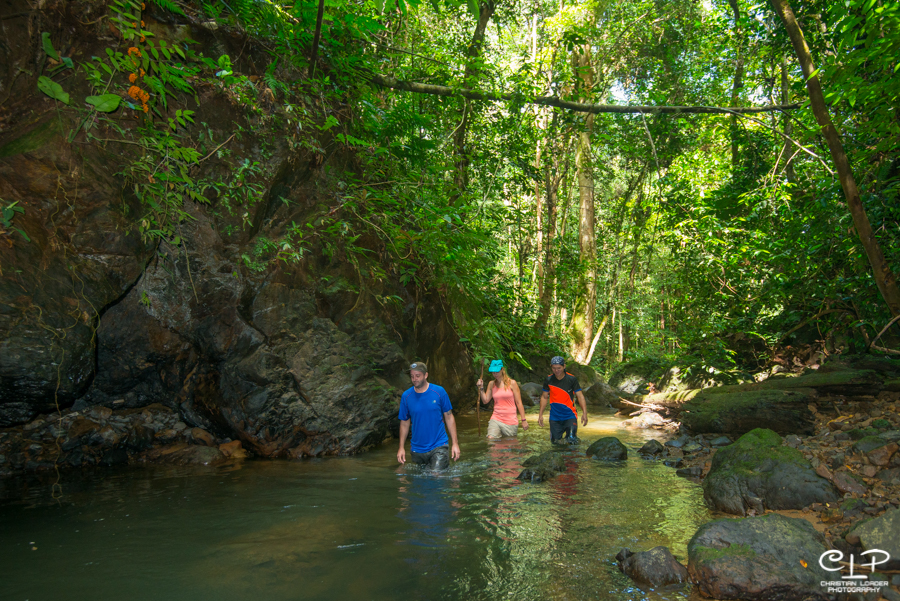
Borneo clothing advice for the Jungle
There are many different locations and modes of travel on a holiday to Borneo, from remote trekking in the jungle to high end beach resorts and wildlife lodges. This page aims to cover some tips and advice for as many of those options as possible.
General advice for the heat and humidity of Borneo:
- Avoid cotton for any jungle trekking since it is very difficult to dry in the high humidity
- Pack a swimsuit for the beach but also snorkelling shoes made of lightweight neoprene to protect your feet
- Wear lightweight, waterproof hiking shoes that are breathable and with good traction, the jungle is muddy and slippery
- Take clothing that is synthetic, quick-drying, lightweight and light coloured.
- Take lots of dry bags for electronics and keeping clean clothes dry
- Look after your feet, keep them dry, change socks regularly, use foot powder
- Expect rain – even out of season from Dec to Feb – so take a lightweight poncho or umbrella or good quality raincoat for the mountain
- Protect yourself from the sun really carefully, but remember that suncream will come off when you sweat.
- Rehydrate a lot, and avoid heat exhaustion by replacing salts and minerals with something like Nuum
- Prevent getting bitten by insects in the evening by changing into long light clothing, socks and sandals/shoes
- Hotel rooms and many lodges will have an option for air conditioning or fans – make sure to ask. AC rooms get cold.
- Lodges and campsites and homestays in the remote areas will provide a mattress and a mosquito net to sleep on, which are generally in a communal area, normally a room in a longhouse or equivalent. Take a sleep sheet and night clothes and a headtorch.
- Island resorts and beach chalets will also have beds with mosquito nets, and fans.
- Take fragrance free deoderants and creams because insects are drawn to the strong smells, plus the animals will smell you and be gone quickly.
The Borneo Wildlife Tour, Borneo Mammal Tour and the Borneo Nocturnal Mammal Tour are all trips using lodges or jungle chalets and vehicles for transport and are more comfortable experiences where beds will be provided. There are lots of facilities so pack appropriately, it will still be hot and humid but in many places there will be air conditioning and fans. Mulu and Bako Park is also well facilitated, unless you plan to do the Mulu Pinnacles walk which is remote and basic (there is a section below about it).
Wild Borneo, Bike and Hike Borneo, Sabah’s Lost World and the Mount Kinabalu climb are all more remote and include jungle trekking as described below. Most of our trips fall into the Bespoke Borneo category, as people mix and match and create personal itineraries which often means that the clothing you pack falls into a number of categories.
WHAT SORT OF LUGGAGE CAN I BRING TO BORNEO?
- We recommend using soft trekking bags, rucksacks or duffle bags instead of hard suitcases. For holidays where you are on the move a soft duffle and a day pack will be your best combination. If you are only travelling to a hotel, then a suitcase will be fine but do also take a lightweight soft bag or rucksack for day visits.
- Any trips onto Mount Kinabalu will require a rucksack for yourself or a porter and you should aim for a maximum 50 litre bag to carry everything. If a porter is carrying your rucksack then you can carry a smaller day pack for essentials like water bottles and a camera and snacks, waterproof and so on.
- For jungle trips using multiple modes of transport like boats and 4x4s, a waterproof duffle bag will be best and a day pack for walks or overnights.
- A number of dry bags are essential for jungle trekking trips as it will rain. Put individual items into dry bags, like clothing, electronics, papers/books, and so on. Everything can get damp. You can also use a rain cover for your backpack or a waterproof bag for your duffle bag if it’s not waterproof.
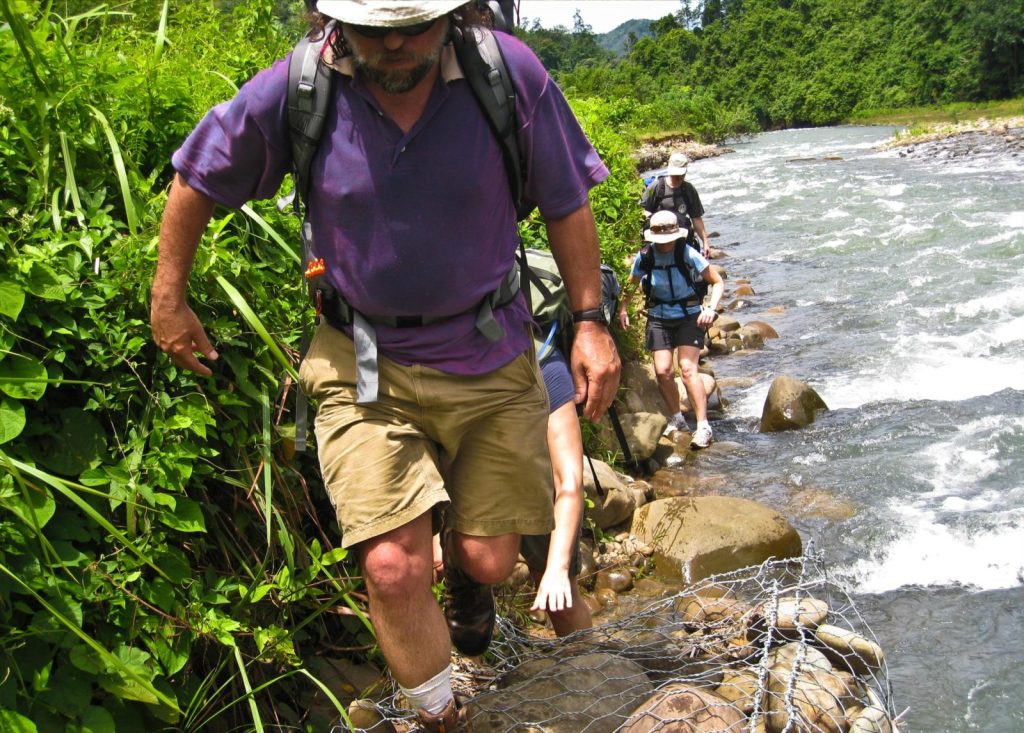
HOTEL/LODGE BASED WILDLIFE HOLIDAYS
If you are on a holiday which involves mainly river cruises or 4×4 safaris in the reserves, and staying in lodges and hotels, then lightweight, long-sleeved clothing with good sun protection will be necessary, along with light jumpers or jackets for the evenings and night safaris, plus light waterproofs for rain showers. Good walking shoes or lightweight trekking shoes are fine, also sandals. Take a wide brimmed hat and sunglasses, binoculars and a small dry towel for keeping equipment dry. Cotton gets damp quickly and is slower to dry, so quick-drying synthetic material is best for T-shirts and shirts. Trousers should also be lightweight and the zip-off ones double as shorts.
Swimming costumes and a sarong or light towel are also perfect to take if there’s a beach visit or the hotel has a pool, but the sun is extremely strong so sun hats and sun protection is vital. Most of the beach places and islands offer snorkelling and kayaking and diving so do bring a pair of neoprene shoes to protect your feet underwater. All snorkelling and diving kit is available for hire.
Charging electronics is not always possible in the wildlife lodges so we would advise bringing a power pack. Plugs on Borneo are G type, same as in Britain. Do put everything into dry bags.
Water in lodges and hotels will be treated but you may still want to bring some water purification tablets or a filter, or buy bottled water. Be careful of water in local restaurants, especially in the form of ice. Check the seal.
Similarly with photography equipment, keep it all in dry bags. The boats and vehicles can get a bit tight so a monopod is often better than a tripod, and large hard shell lens cases will not be very popular unless you have paid for private vehicle use. Take a head torch with a red lens for using at night, and obviously binoculars or monocular and it would be a good idea to have a book of Borneo wildlife. Some of the lodges like the Borneo Rainforest lodge (below) are high end luxury but visitors aren’t expected to wear smart clothing. Do however take long clothing to cover up your skin especially in the evening to avoid insects.
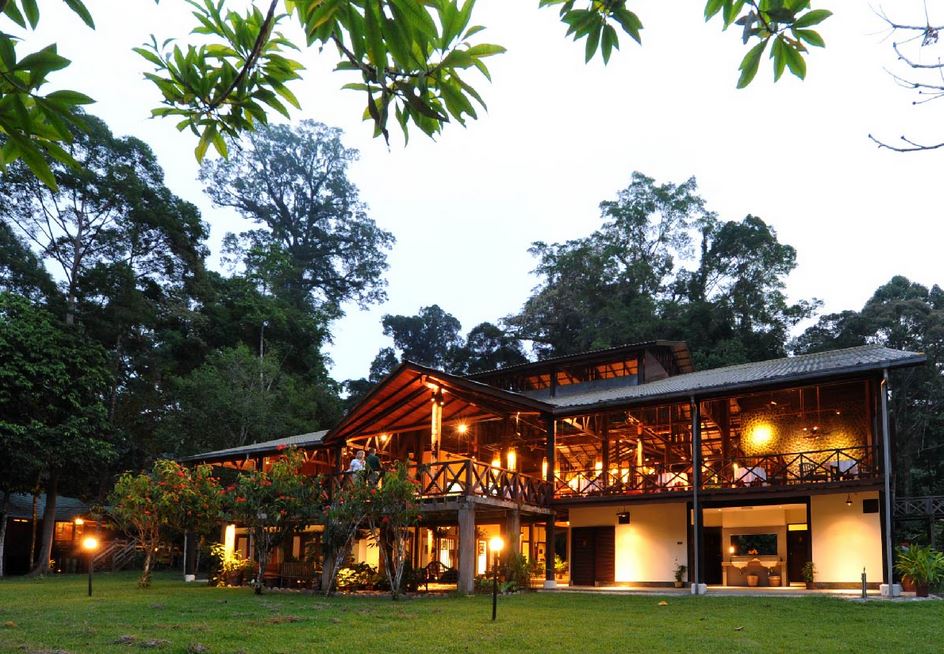
JUNGLE TREKKING TIPS
Try to avoid cotton clothing and opt for synthetic lightweight clothing that will dry quickly. Take plenty of underwear and light socks for walking (seamless is best), and a pair of trekking shoes with good grip since rocks and mud will be slippery. Expect your clothes to be continually damp and wet on any hiking trip; after an hour or so of walking it’s nice to dunk in a waterfall to cool off, so take some shoes to change into that are waterproof, like crocs or sandals. You can buy hard shoes locally called adidas kampongs in the towns which are great with bare feet. Take a sarong or equivalent for drying off after a swim in the local river once you arrive.
You will want to have plenty of dry bags and a wet/dry system for clothes. The object is to always keep a set of dry clothing in a dry bag to change into at the end of the day when you have finished hiking, and wash your damp day clothes in the river for use again the next morning. During the day you can hike in a T-shirt or shirt, shorts or trekking trousers and trekking shoes or sandals (for example Tevas) or lightweight hiking shoes with a pair of lightweight socks. Cycling shorts can be a good option too for longer treks, since chafing can also be a problem in the humidity. Tank tops, sports bras, hair ties are useful for women, a small chill towel (dunked in cold water and wrapped round the neck), and a headband.
Leeches live in the jungle and will cling onto your as you walk past; they don’t carry any viruses but when they come off the wound keeps on bleeding which is a pain. If you’re going on a long remote hike then Purple Turtle sell leech socks that are like a big calico oversock that the leech can’t cling to, but if you’re going on short hikes then football socks should be okay.
You will not want to carry much in the jungle on a trek, it’s too hot and humid. A days trek will be about ten kilometres as it’s hard to maintain a pace in that environment. Take water bottles or camelbaks but also take water purification tablets or drops. The Aquapure filter water bottles are very good, especially for longer treks and even on Mount Kinabalu for the water stops.
A wide brimmed hat is essential and also a microfibre towel which will dry quickly. A small one also to wipe your face and neck on the move is quite a good idea.
For the evenings keep a set of dry long sleeved clothes to change into once you’ve washed and put your hiking clothes out to dry. It’s important to cover up. A light jersey or fleece will be useful if you’re up in the hills, it can get a bit chilly in the late evening.
For overnights in homestays or campsites or some remote lodges there will be a sleeping area, generally a raised platform which is often communal, and a number of mattresses with mosquito nets. For sleeping in the jungle bring a sleep sheet which is basically a sleeping bag liner. Silk is lighter than cotton or you can make one out of an old bed sheet. It’s not necessary to bring a sleeping bag unless you are going high up. Most premises should have some light blankets to put over you if necessary, but do also wear night clothes like a loose T-shirt and shorts in case of toilet visits. Keep your sandals and head torch nearby.
Mosquito nets are always kept in good condition, but you may want to bring your own if you are visiting one of the jungle survival camps or going deep into the jungle to visit one of the tribes. They can be bought impregnated with chemical DEET. In some places it’s quite an experience to sleep in a hammock in the jungle. Hennessy makes a very good range but talk to us first to see how necessary they are. At the jungle survival camp we often use, there are tents provided for sleeping in the jungle.
Rubbish is best carried out if you are in the jungle so take a plastic bag for small items, and ask about where to put rubbish in the villages.
Sanitary products – do bring your own supply of sanitary products and toilet paper, wipes and bags. Toilets will be flush in the expensive establishments but otherwise long drops. A menstrual cup is easiest to use in the jungle, applicator free tampons cut waste by 50%. The Scrubba is a bag that works as a portable washing machine and very useful for washing small items of clothing.
How much to pack for a day or so in the jungle – try to avoid overpacking, but be efficient. A few days hike only needs a set of dry clothes, a sleep sheet, two sets of hiking clothes, trekking shoes and sandals, a towel, head torch, and several sets of underwear and socks, hat and personal first aid kit, toiletries and water bottles. Ten kilos should be ample, any more and the hike will become uncomfortable.
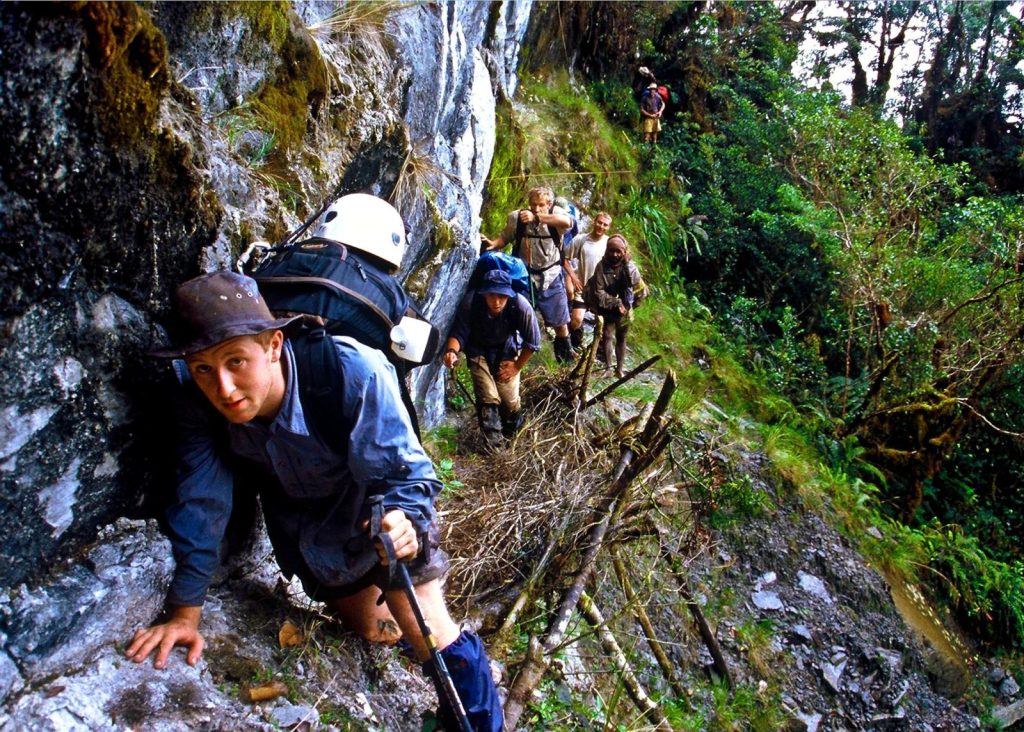
MULU PINNACLES
You will need to carry your belongings in a rucksack for the trek to Camp 5 which is a basic jungle shelter next to a river; there are sleeping mats on a raised wooden platform to use. You can bring your own mosquito nets, towel, blanket and sheet or you can rent them from the HQ before you go to Camp 5. It costs just 15 ringgit for the net, you pay at HQ and pick it up at Camp 5 and get your money back on the bedding when you return it. There are cold showers, toilets, cooking facilities, free filtered water and some basic snacks to buy.
You need to be fully prepared for this visit, so take the clothing mentioned above – shorts, T-shirts, underwear, socks, hat and so on – with your sleep sheet and long sleeved clothing for the evening.Headtorch, waterproof top, insect repellant, sandals, towel, toiletries, personal first aid and cash for the small tuck shop.
The actual trek to the Pinnacles is hot and difficult and steep and the rock is very sharp so it would be a good idea to take gloves, for example the leather type gardening gloves which will protect your hands from cuts. Do take plenty of liquids on this trek, it gets extremely hot and tiring, three litres is best as a minimum. The distance is only 2.4kms but it is a 1200m ascent and the final section is climbing on vertical ladders bolted to the rock. There are ropes also to hold onto.
Take good boots with good grip on the soles as the trail through the gorge is steep and you will want to be very secure on the steep sections. Take a head torch with you in case you are forced to come down in the dark, energy snacks and some lunch, and first aid kit with plasters especially for cuts. Stay well hydrated with salts like Nuum tablets.
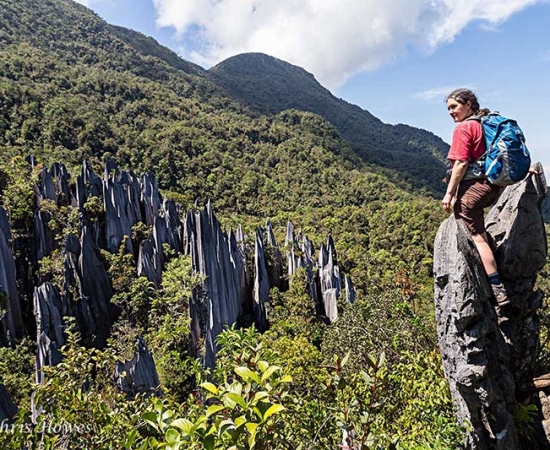
PERSONAL FIRST AID KIT IN THE JUNGLE
Insect repellant – various options include sprays and wipes for your skin, and sprays for your clothing. It’s up to you whether to choose a chemical based DEET product or something natural, but mosquitoes and insects will be attracted to you and it will be good to repel them. Malaria is not carried much by the mosquitoes in Borneo but dengue fever is, so it’s important to cover up.
- Antiseptic wipes and antibac wipes for grazes, cuts.
- Plasters – the long finger ones are best
- A few dressings and some zinc oxide tape for bigger cuts to cover up
- Nitrile gloves
- Tweezers and scissors
- Vaseline for chafing and sores
- Hydration salts like Nuum tablets or Dioralyte
- Painkillers for headaches
- Foot powder
- Medicine for diarrhoea
- Blister pads
- Sun protection – high UV protection, P20 does not wash off as easily
- Anti itch cream for bites, like hydrocortisone
On the beaches you will often see bottles of vinegar which is the best thing for jellyfish stings.
TOILETRIES IN THE JUNGLE
You will sweat a lot so make-up is probably not worthwhile as it will run off. Take shampoo and soap but please make sure it is biodegradable, and the same with face wipes. Do try and pack out any waste since recycling is not available. Deodorant should be fragrance free otherwise the wildlife will smell you and disappear, and insects are attracted to fragrances. Toothbrush and toothpaste is best kept in it’s own bag.
STAYING HEALTHY WHILE YOU ARE IN BORNEO
Keep your hands clean. Toilets are often communal long drops without running water so bring a small bottle of hand sanitiser gel, and bring a pack of recycled biodegradable toilet paper.
Protect yourself from the sun. Take a high factor sunscreen with you and lightweight long sleeved and legged clothing and a hat that will shade your face, neck and ears.
Heat exhaustion – aside from the effects of the sun on your skin there is also the danger of heat exhaustion and its more serious development, heat stroke. These are both caused by the body’s internal temperature being raised beyond its functional level and can lead to potentially serious complications. The ambient conditions in Borneo are hot and very humid. The way to minimise the risk is to stay out of the worst of the sun, particularly in the middle of the day, to keep cool and not to over-exert yourself.
You will also need to stay hydrated to help your body to cool its self through sweating. You will get used to the heat and humidity but it will take a week or more for the adjustment to be made by your body. Take a rehydration mix for replenishing salts, Nuum is a good option.
Watch what you eat and drink – street food is all part of the experience of being on holiday, but be careful of badly cooked food or anything that looks or smells wrong. Try to order dishes that will have been cooked to a high temperature and avoid cold dishes and ones that might have been cooked in untreated water, for example, salads. If you eat fruit, choose ones that have a skin or peel that you will not eat, such as bananas. Order bottled or boiled drinks like sodas or tea, always check bottles to see that the caps are still sealed.
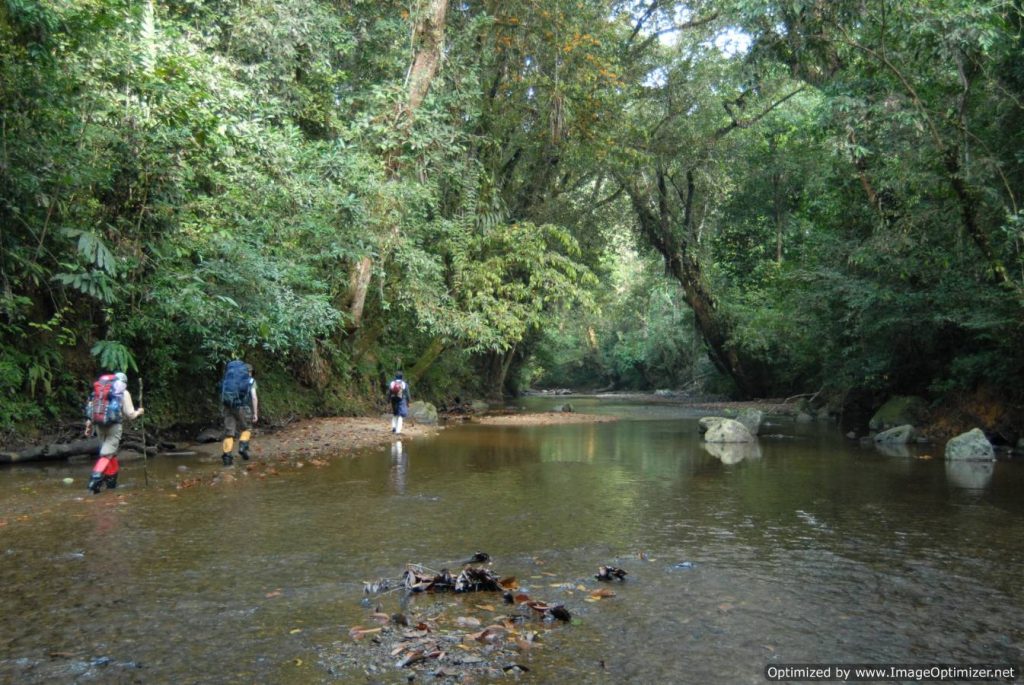
Links to Trips
Hotel and lodge based wildlife trips:
Borneo Wildlife Tour – Sabah
Borneo Mammal Tour – Sabah
Borneo Nocturnal Mammal Tour – Sabah
Remote trips into the jungle:
Wild Borneo – Sarawak
Sabah’s Lost World – Sabah
Activity Trips:
Book Your Adventure of a Lifetime Now
Discover our trips to other Countries
Adventure Alternative Articles
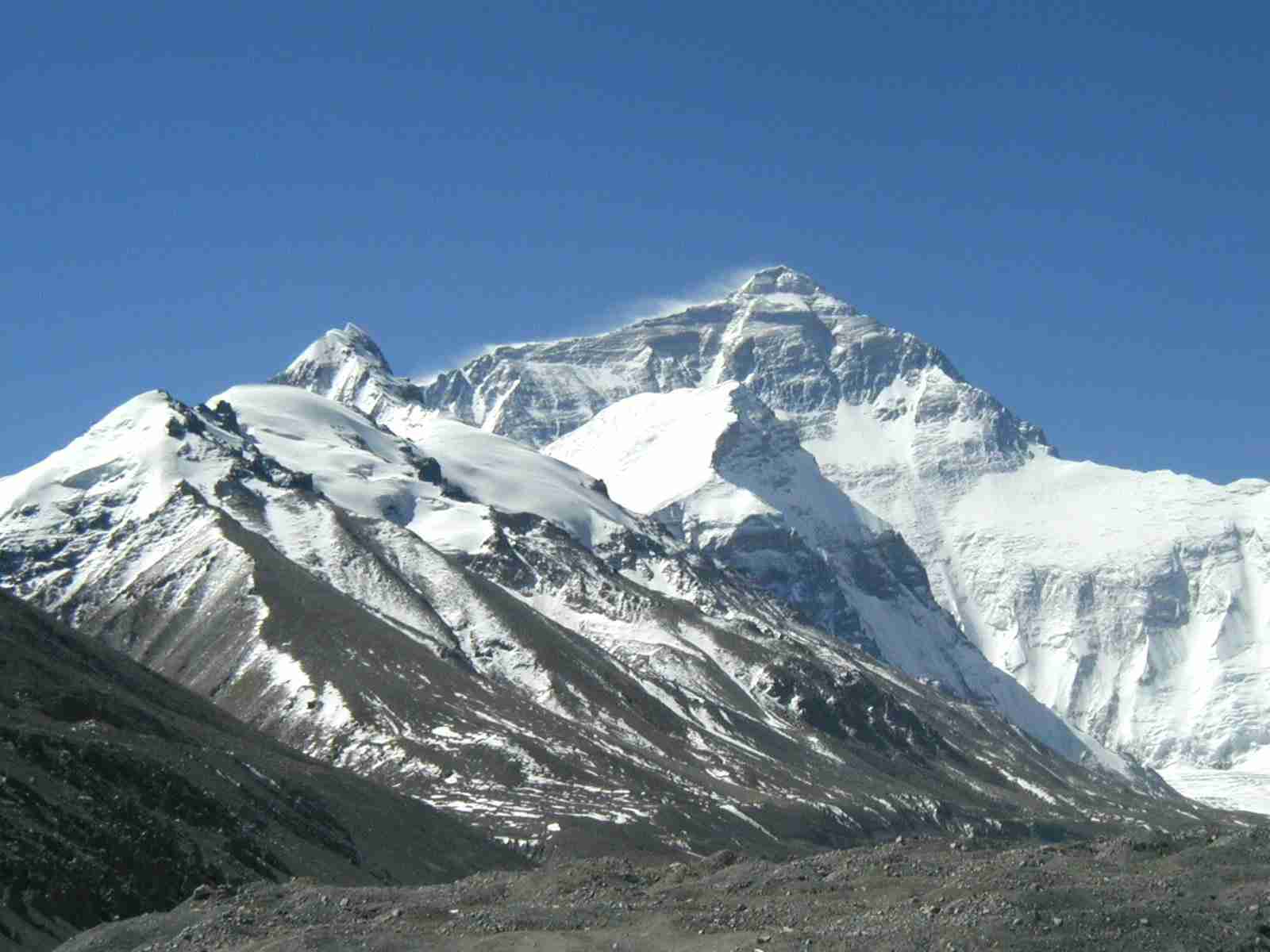
12 MONTHS, 12 MOUNTAINS
Climbing Calendar Ready for World Mountain Day In celebration of World Mountain Day, we've created a calendar for the year to make it easy for...
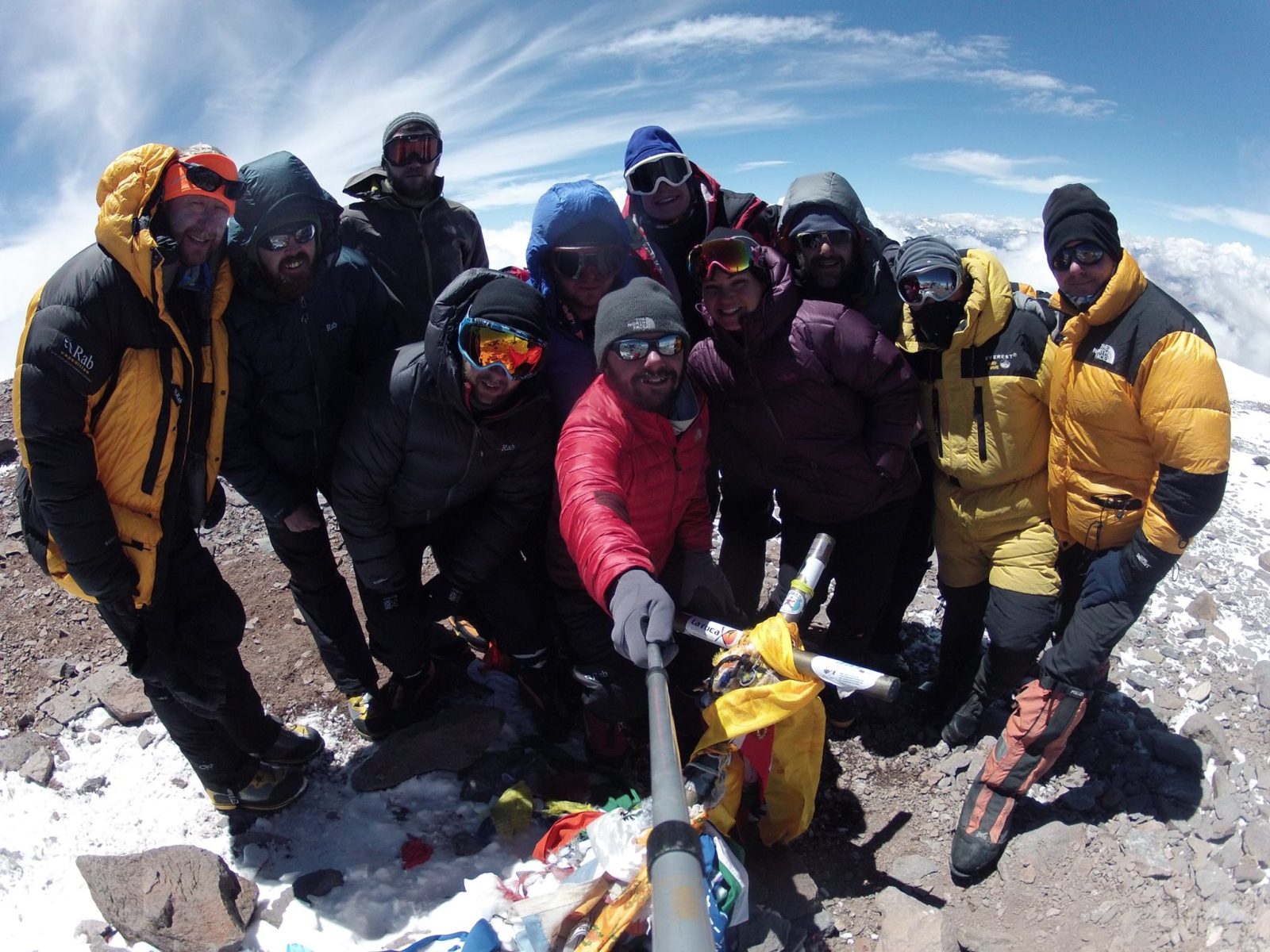
Mount Aconcagua Trip Review
January 2016 This year we had a team of twelve clients from four different countries – Iran, Ireland, England, South Africa and Argentina –...
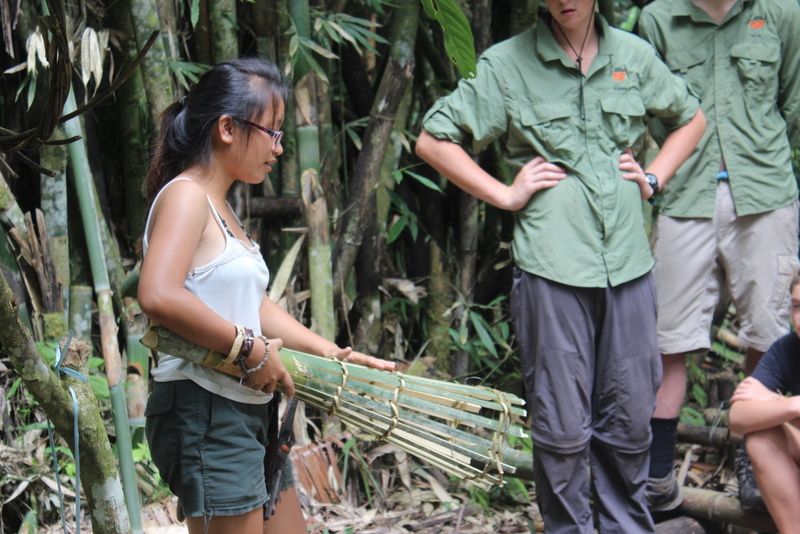
Alcey’s Survival Skills Course at Lupa Masa Jungle Camp
SURVIVAL SKILLS COURSE AT LUPA MASA JUNGLE CAMP | ADVENTURE ALTERNATIVE In celebration of International Rural Women’s Day, we’re talking...